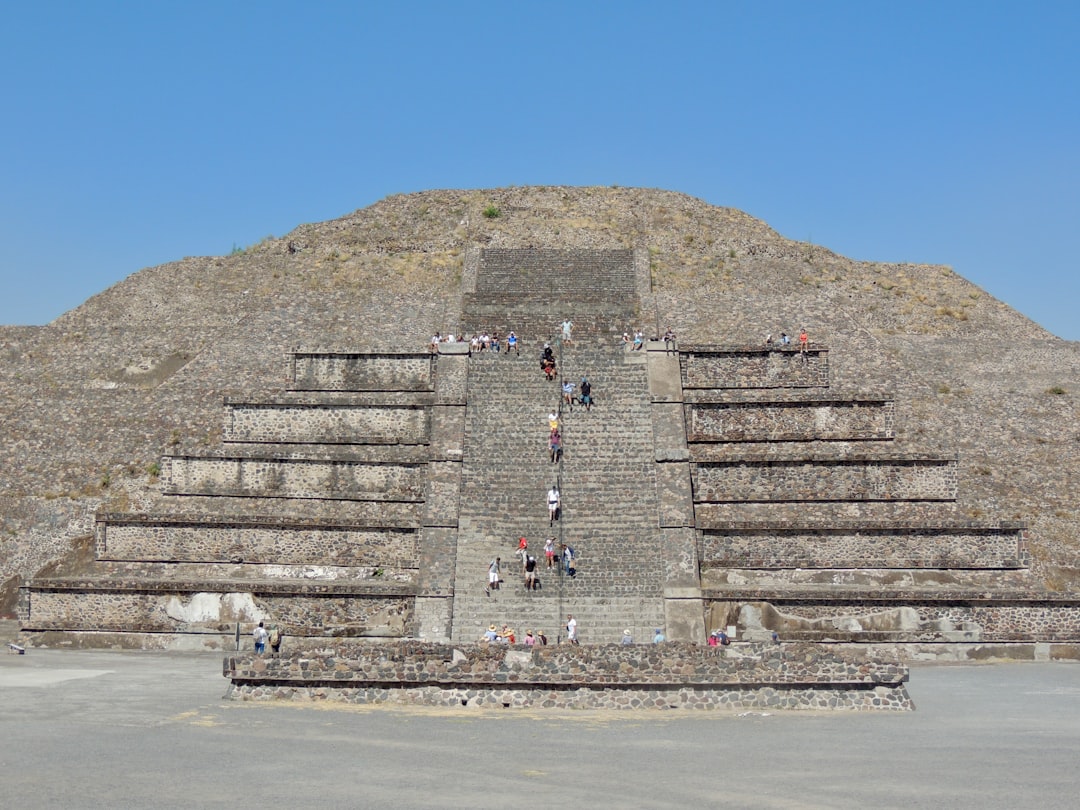What is it about?
The publication address the intriguing question about the antiquity of Indian populations. The investigation becomes complicated because of the dichotomy between language, morphology and ethnicity. In simple, Dravidian tribes and Mundari, Santal tribes who speak Austro-Asiatic language share same physical features and geographic contiguity but speak different languages. Whereas Khasi who speak Austro-Asiatic speak language, share East Asian physical features and live in Northeast share physical features common to other Tibeto-Burman speaking languages, but speak a common language with Mundari and Santal Tribes of central India. To investigate the dichotomy, the study proposed plausible hypothesis and investigates the genetic relationship among Dravidian, Austro-Asiatic and Tibetan-Speaking tribes based on STR markers. The result of the study indicates that genetically Khasi tribe cluster with Tibeto-Burman tribes in North-East, where as Mundari, Santhal and Dravidian tribes cluster together. The results, thus indicate language sharing between Khasi and Mundari possible a case of linguistic diffusion and do not indicate common origin. Based on the results obtained the study proposes possible scenarios of antiquity and origin of Indian tribes.
Featured Image
Why is it important?
This address one of the nagging and intriguing question about the origin, antiquity and affinity about tribes in India. There are diverse hypothesis, explanations and propositions about the origin and antiquity of diverse tribal population. The publication address and proposes possible scenarios (hypotheses) of antiquity and past history of Indian tribes. These hypothesis have been tested with the STR data.
Perspectives
This publication on the origin, antiquity and affinity between Austro-Asiatic, Dravidian and Tibeto-Burman speaking tribes examines the problems of dichotomy between language, genetic affinity and geographic contiguity and ethnic backgrounds of diverse tribes, proposes possible hypothesis based on inequality relationship that is characteristic of language, culture and biology (genetic) changes. To investigate the genetic relationship the study considers STR markers, which are located in different chromosomes of the human genome. The interesting aspect of the publication is that based on the results it proposes possible scenario of past genetic history and affinity of tribes in India which accounts for the dichotomy that was posing problem in investigating about the antiquity and affinity among different tribes.
Prof. (Retd.) VASULU T
Indian Statistical Institute
Read the Original
This page is a summary of: A microsatellite study to disentangle the ambiguity of linguistic, geographic, ethnic and genetic influences on tribes of India to get a better clarity of the antiquity and peopling of South Asia, American Journal of Physical Anthropology, August 2009, Wiley,
DOI: 10.1002/ajpa.21018.
You can read the full text:
Contributors
The following have contributed to this page










